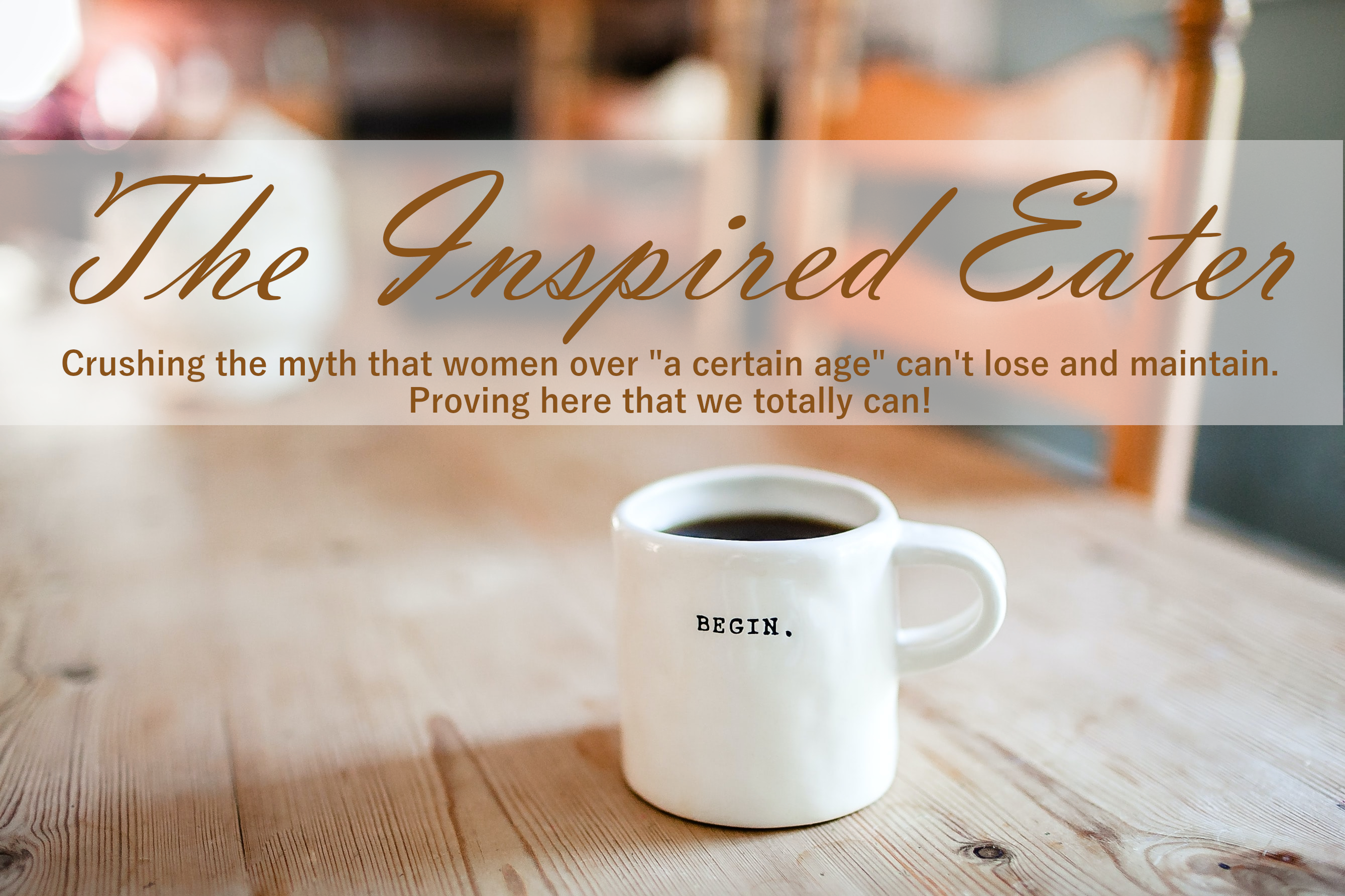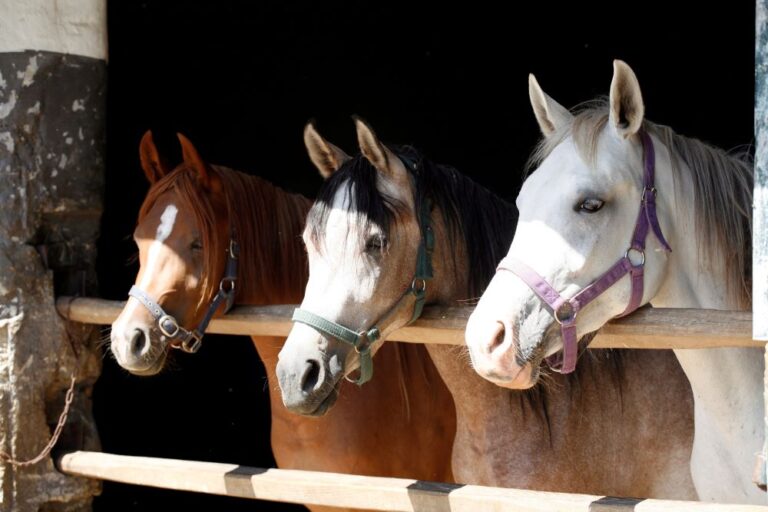Pearl One
Jillian Michaels. You might remember Jillian as one of the coaches on shows like the Biggest Loser. Her back-story is a great one. (She attributes some of her food issues with wanting to hang out with her dad who was also overweight and they “bonded over food.”)
David Goggins. Author of Can’t Hurt Me: Master Your Mind and Defy the Odds. Same thing: awesome origin story.
Each started young-adulthood at a much heavier weight than they wanted to be, and both were living the sedentary lifestyle.
So Michaels and Goggins lost a lot of weight years ago and completed their amazing transformation by becoming total hard-bodies.
Okay.
I love a great rag-to-riches Cinderella story as much as anyone. They can be so inspirational. We think, “if they can make it, then I can too!” Because one day our prince really will come.”
We’re certain of it.
But princes don’t really materialize in real life. No matter how in awe we are about super successful people, there’s something in the back of our mind that won’t stop nudging: I’m not like them. I could never work out at such an elite level or eat so precisely.
Jillian Michaels and David Goggins are practically immortal. Like aliens from another planet they created amazing lives for themselves, but — to me — they’re on an extreme side of the spectrum. Their stories are spectacular for books and TV shows, but they don’t really have anything in common with me.
Truth.
I will never be a hard-body. When I was initially losing weight, I just wanted to figure out why food was so hard for me and then I wanted to change my eating habits. I was tired of the whole diet-cartel shebang. It’s like one day, my prefrontal saw what my cavewoman was doing — eating everything in sight — and said, “Nope, we won’t be doing that anymore. Hope you had fun because it’s over.”
Here’s my point: Unlike Michaels and Goggins, I’m a regular person. Yes, I lost the weight and have preserved my loss for 18 years now, but I merely stumbled onto a set of skills and mindsets. And these are skills that can be learned. I wouldn’t say that learning how to live on The Smart Eating Path is like learning to fix a flat tire, but it’s in that vein. I look at our work as if we’re in a PhD program of learning the smart eating tools, habits and mindsets that we’ll keep for life.
Michaels and Goggins’ are wonderful examples of what a humng is capable of.
But me? I’ll always be your average marshmallow-human.
So – underlined in red – I am not Michaels or Goggins.
I’m you.
And we’ve got this. ♥
Pearl Two
Remember the commercial: I could have had a V-8! This list is our V-8 commercial.
After I grocery shop, I make a list of everything I bought so that when I’m hungry, I don’t make mac ‘n cheese type choices.
My list includes: most fruit but especially red grapes and strawberries. Already to-go hard-boiled eggs and the kind of bread I love from Trader Joe’s, everything to make a smoothie, hummus for baby carrots into, yogurts and so forth. ♥
Pearl Three
Sequencing is taken directly from Cognitive Behavioral Therapy (CBT). The purpose of sequences is to help us move from reacting to circumstances to responding. I encourage you to do a sequence a day in your journal. Powerful stuff.
Default Sequence
- Situation (something very concrete): I’m not losing weight at the clip I assumed at all.
- Thought: THIS IS TAKING TOO LONG!!
- Feeling: Angry, sad, despondent.
- Action: Pulls on sweatpants.
- Result: I go a little crazy with food for the next few months.
New Chosen Sequence
- Situation (something very concrete): I’m not losing weight at the clip I assumed at all.
- Chosen thought: I’m remembering that this is the moment that I genuinely want to have compassion for myself. I remind me that we all live in a food-porn world. It’s understandable that I’m really mad, and i also know that i need to look for ideas and support in my journal.
- Feeling: I shift from being annoyed to determined.
- Action: I write in my journal about what’s going on.
- Result: Turns out, there’s a lot going on beneath a scale number. I wrote and wrote and wrote. I figured out the hardest time in my eating day and I’m putting “the hardest time” under a microscope to figure out what’s going on with me. ♥
Pearl Four
Books love us and want us to be happy
I’m just getting into one of my most favorite author’s book A History of Loneliness: A Novel by John Boyne. If you haven’t yet met Boyne and his exceptional storytelling prowess, you’re in for a treat. I think my favorite of all is The Heart’s Invisible Furies: A Novel.
- Second favorite: The Echo Chamber
- Tied with second: The Absolutist: A Novel
I’m now just dipping into A History of Loneliness: A Novel. So far it’s typical Boynes. Don’t miss Boynes’ books. He’s one of those rare writers who produces masterpieces. Total book-dessert and then some. ♥
Pearl Five
Too often, we fall into an all-or-nothing cycle with our habits. The problem is not slipping up; the problem is thinking that if you can’t do something perfectly, then you shouldn’t do it at all.” ― James Clear, Atomic Habits. ♥
Please join me this week in being imperfect and going for it anyhow.
And if you’ve enjoyed this post please to a friend!
♥, Wendy
You know the scoop: I’m an Amazon affiliate. If you buy from a link in my post, I’ll receive money, but the arrangement won’t cost you a dime.
Are you new to the Inspired Eater? Welcome!! This blog won’t make much sense until you first read the Aunt Bea post (and you’ll find Aunt Bea on this page to the right under my short bio). On your cell you’ll see it immediately following the first post. After you enter your email address, the Aunt Bea article will be sent to your email’s inbox. If it’s not there, you might check the spam folder. And always feel free to email me at Wendy@TheInspiredEater.com and I’ll get Aunt Bea right to you!!
I am not an expert, a doctor, a surgeon, a nurse or a nutritionist: the information within TheInspiredEater.com is based solely on my personal experience and is not intended to be used as a substitute for professional medical advice, diagnosis, or treatment. ♥


